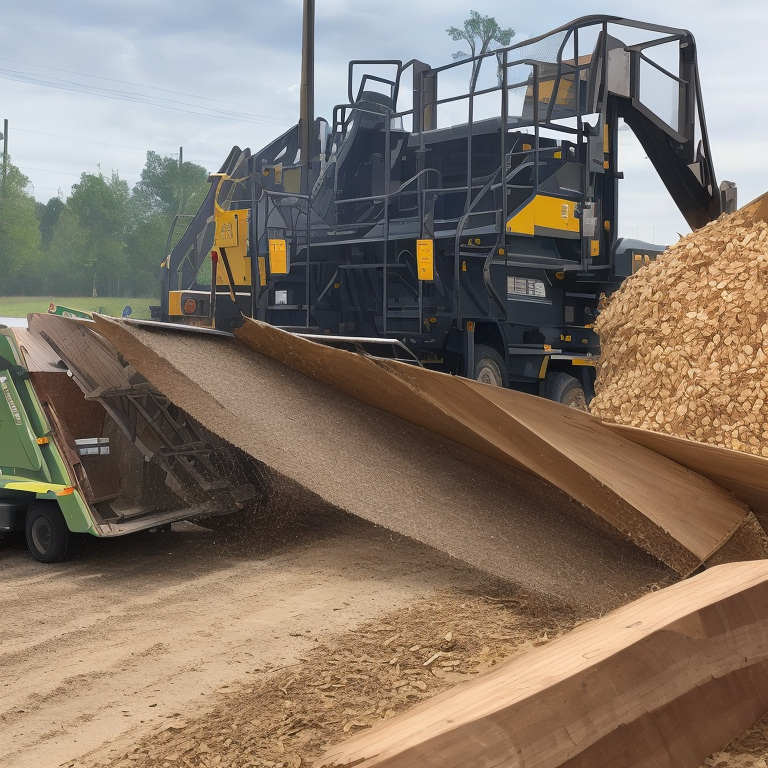In the world of forestry and landscaping, efficiency is king. It is the propelling force that drives productivity, curbs operational costs, and extends the longevity of your equipment. At the heart of this efficiency lies an often underestimated component: the wood chipper blades. A well-chosen and well-maintained blade can transform your wood chipping operations, significantly enhancing their overall efficiency. Visit the https://www.jyfmachinery.com/wood-chipper-blades-for-wood-chipper/ to learn more.
Choosing the Right Blades for the Job
Understanding Wood Characteristics
Different wood types each come with unique characteristics that can greatly impact how a chipper blade performs. From the dense hardwoods such as oak and ash to the softer pines and firs, each type of wood presents its own unique set of challenges for chipper blades.
Density, moisture content, and grain direction are three primary considerations when assessing a wood type. For instance, the dense nature of hardwoods demands a blade that is not only robust but also incredibly sharp. Wood with high moisture content can dull a blade faster, while a wood type with unpredictable grain direction could potentially cause blade damage. An understanding of these specific characteristics is essential for selecting the right blade for the task at hand.
Choosing a Blade Design That Matches Your Needs
The blade design is not just an aesthetic choice. It’s an element of engineering that significantly influences the efficiency of your wood chipper. Certain blades are designed with sharp cutting edges, optimal chipper angles, and sturdy construction to handle tougher tasks, delivering superior performance and longevity.
To maximize efficiency, select a blade design that aligns with the kind of wood you’ll be chipping and the tasks you’ll be performing most frequently.
Maintenance and Sharpness of Blades
Maintenance, particularly blade sharpening, is a fundamental factor in the lifespan and effectiveness of your chipper blades. Keeping your blades sharp boosts the efficiency of your wood chipper considerably.
Blade sharpening is a precise task, requiring attention to maintaining the correct angle for optimal cutting performance. Although the frequency of sharpening varies depending on the type of wood and intensity of usage, a general rule of thumb is to sharpen the blades after approximately 25 hours of operation.
Adopting Best Practices in Operation
Your operational techniques can make or break the efficiency of your wood chipper. Proper feeding techniques such as presenting the branches butt-end first and not overloading the machine can enhance the chipper’s output and lifespan.
Safety must always be front and center when operating a wood chipper. Ensure you’re outfitted in the proper safety gear, and always make sure the chipper is switched off and disconnected from power before performing any maintenance or blade changes.
Incorporating Advanced Techniques for Greater Efficiency
Advanced techniques can offer an additional edge to your chipper efficiency. For instance, keeping multiple sets of blades on hand for different wood types can minimize premature wear and tear. Incorporating sensor-based systems can also offer real-time feedback to optimize chipper settings and blade usage.
Conclusion
To sum it up, the road to superior wood chipping efficiency is paved with thoughtful blade selection and meticulous maintenance. A comprehensive understanding of wood characteristics, a careful choice of blade design, dedicated maintenance of blade sharpness, and adherence to best operational practices can revolutionize your wood chipping productivity. Harnessing these insights and leveraging the power of technology can ensure that your wood chipper operates at peak performance, propelling your operations to new heights of efficiency.
